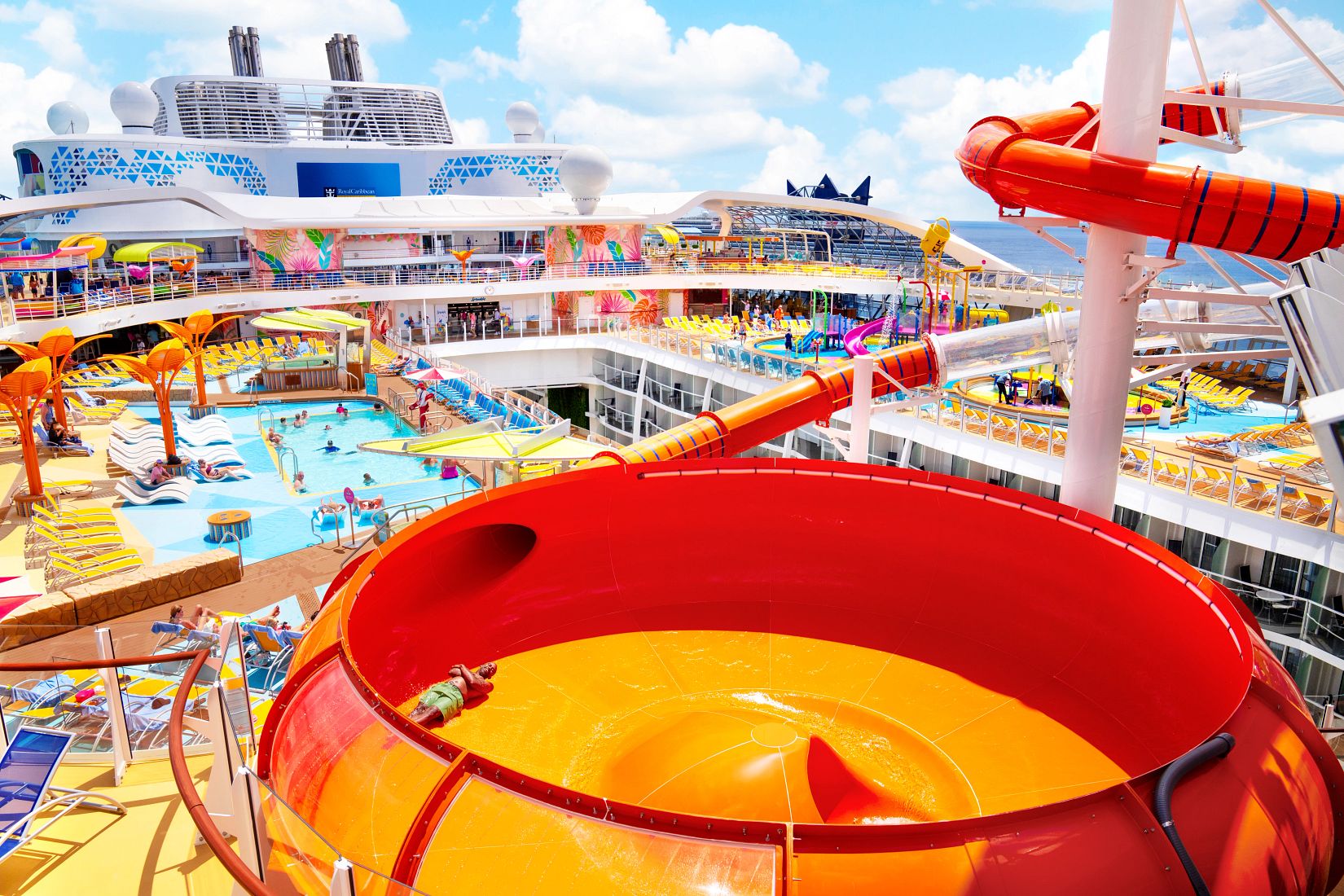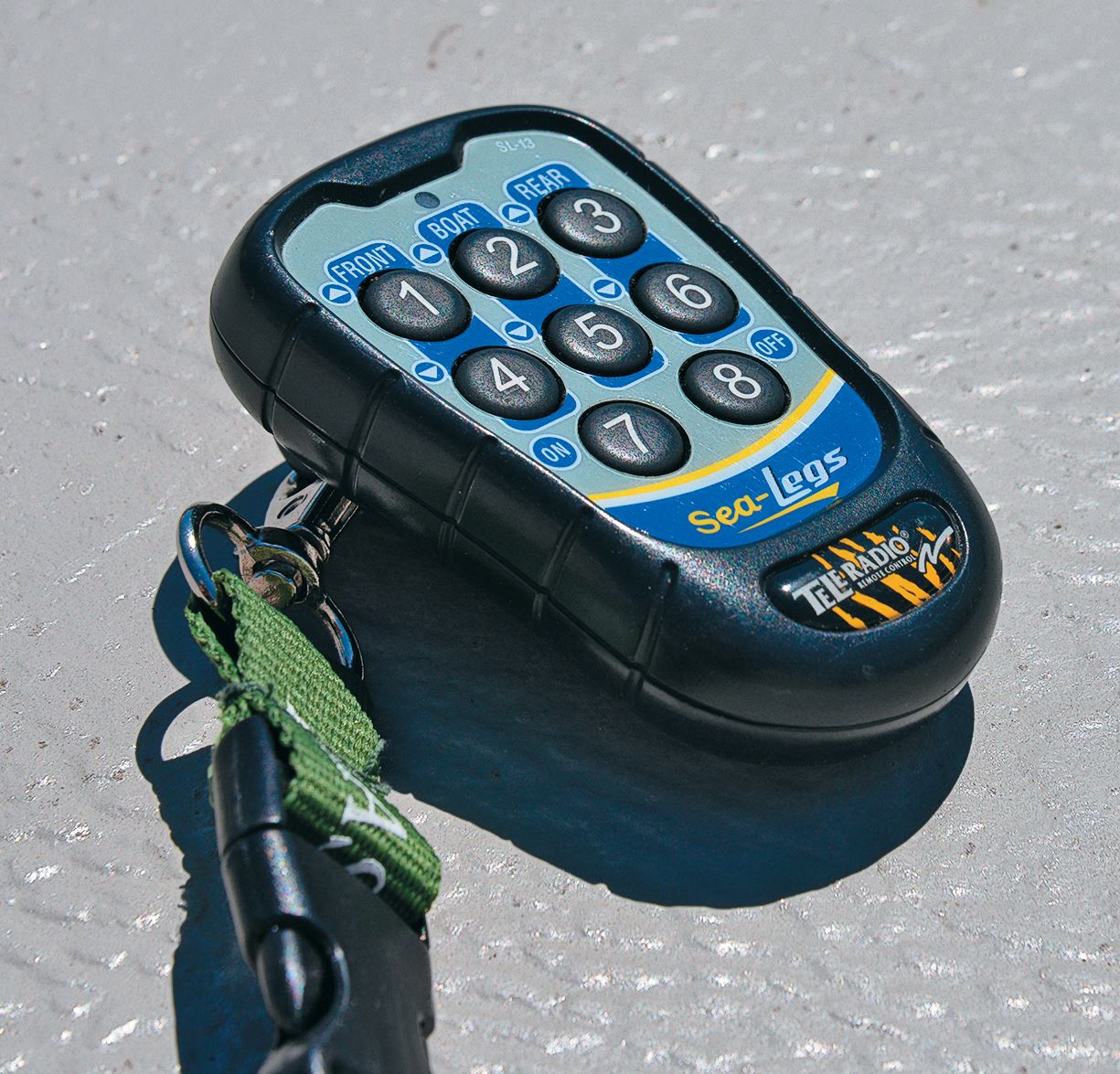Table Of Content

It’s not about objectifying or disrespecting anyone – consent and communication are key here. Beware of the common misconceptions surrounding sea legs, as they can lead to unnecessary discomfort and potential complications. This occurs when the inner ear’s equilibrium is disrupted by the motion of the ship. However, scopolamine can cause side effects such as dry mouth, blurred vision, and drowsiness, so it’s important to consult a doctor before using this medication. Vestibular rehabilitation therapy, which involves exercises to improve balance and coordination, may also be helpful for some people.
Can children experience sea legs after a cruise?
There are several factors that can contribute to the severity and duration of the rocking feeling. The length of the cruise, the size of the ship, and the individual’s susceptibility all play a role. Some people may experience mild symptoms that subside after a few days, while others may have more intense and longer-lasting symptoms.
Are there any age restrictions on cruise ships when it comes to engaging in intimate activities?
These symptoms typically subside as the body gradually readjusts to the stable environment on land. In conclusion, sea legs can be a temporary inconvenience after a cruise, but they usually disappear within a few days. It’s important to remember that the duration of sea legs can vary from person to person, depending on various factors such as individual sensitivity and the length of the cruise. This phenomenon, commonly known as sea legs, can last anywhere from a few hours to a few days, depending on the individual. During this time, our body and mind adjust to the absence of constant motion and the stability of land. It’s important to take it easy during this period, allowing ourselves to gradually get back into the rhythm of life on land.
Can sea legs affect your balance and coordination even after the sensation of motion subsides?
To prevent feeling wobbly after getting off the ship, it’s crucial to take proactive measures before setting sail, ensuring a smoother transition back to solid ground. As your body adjusts to the stable ground, the duration of sea legs will gradually decrease. Transitioning into the subsequent section, it is important to understand how long sea legs last after a cruise.
However, for most people, the swaying sensation will go away quickly in just a few days of being off the water. Luckily there are plenty of effective remedies that will work for most people. For those who experience prolonged symptoms or have concerns about their health, it is recommended to seek medical attention. Mal de Debarquement Syndrome (MDDS) is a rare condition that can develop after a cruise and may cause persistent symptoms such as dizziness and imbalance. It is important to be aware of the symptoms and seek medical attention if they persist.
Why Do I Feel Like I'm Still Swaying After My Cruise?
It is a form of procedural memory that allows us to perform tasks automatically without conscious effort. Mal de Débarquement syndrome has been noted as far back to the times of Erasmus Darwin in 1796,[9] and Irwin J. A. In the meantime, there are ways to ease your symptoms, but treatments work differently for everyone. You may have to try several things before you find something that works for you. The inner ear consists of three semicircular canals filled with fluid and tiny hair-like sensors. The information is then sent to the brain, which processes the signals and sends messages to the muscles to maintain balance.
How long does disembarkment syndrome last?

When it comes to men’s fashion trends, accessories play a crucial role in elevating your look. From statement watches to fashionable sunglasses, there are must-have travel accessories that can enhance any outfit. I am responsible for managing entertainment and activities, coordinating with different departments, and creating a memorable atmosphere. To truly immerse yourself in an unforgettable journey at sea, every moment onboard must be carefully crafted and tailored to cater to your every desire. Managing diverse groups of passengers with varying expectations can be demanding, but my extensive experience allows me to navigate these situations with ease. Additionally, adapting to ever-changing itineraries and unexpected circumstances requires quick thinking and problem-solving skills.
Life at Sea Cruises Launches 3-Year Worldwide Cruise - AFAR Media
Life at Sea Cruises Launches 3-Year Worldwide Cruise.
Posted: Wed, 07 Jun 2023 07:00:00 GMT [source]
Look for onboard events like mixers or speed dating sessions that provide opportunities to meet other like-minded individuals. Additionally, consider the ship’s amenities and entertainment options as they can greatly enhance your chances of meeting new people. The rocking feeling that occurs after a cruise, also known as “sea legs” or “land sickness,” can be an unsettling experience for many individuals. To better understand this sensation, it’s important to delve into the science behind it.

But there’s no tie between the length of your trip and how bad the symptoms are or how long they last. People who get migraines may be more likely to get it, too, but doctors aren’t sure how the two conditions are linked. It can happen to anyone, but it’s much more common in women ages 30 to 60. If you are experiencing any of these symptoms, it's important to see your doctor. While there is no cure for MdDS, there are treatments that can help ease the symptoms. Culinary-focused European river cruises have become a popular way for food and travel enthusiasts to explore the...
The duration of sea legs varies from person to person, typically lasting a few hours to a few days. Factors like cruise length, individual susceptibility, and overall health contribute to sea legs’ duration. With these factors in mind, let’s delve into what influences the duration of sea legs.
Remember that the duration and severity of the rocking feeling can vary from person to person. It’s crucial to listen to your body and adopt coping strategies that work best for you. Eventually, as your balance system readjusts, the rocking feeling should diminish, allowing you to fully enjoy your post-cruise experiences.
Hain has conducted extensive research on various types of motion sickness, including seasickness, car sickness, and air sickness. He has also studied the role of the vestibular system in motion sickness and the use of medication and other interventions to prevent or alleviate symptoms. The inner ear is not the only factor that contributes to motion sickness. Other factors, such as visual cues and the body’s position, also play a role.

No comments:
Post a Comment